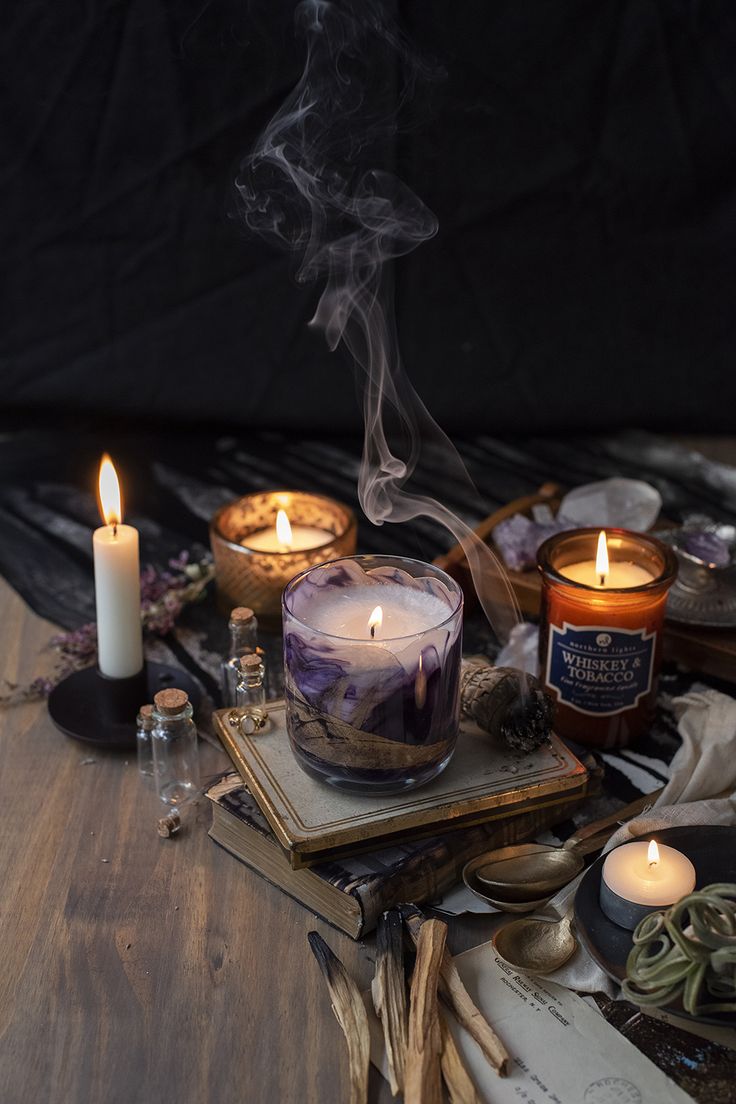Unveiling the Shadows: Cursing and Hexing Spells
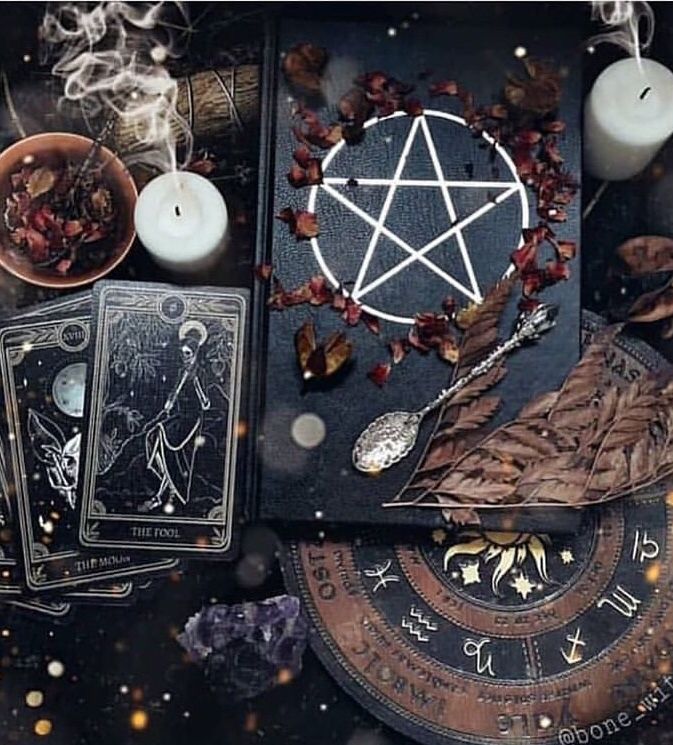
Curse and Hex Removal Spell - Effectively remove curses and black magic
The Curse and Hex Removal Spells will dissipate all negative energy in your life associated with hexes, curses, and jinx. If you know or fear that someone has hexed you or placed a curse on you, then do not delay in using this spell
Part 1: The Historical Roots of Cursing and Hexing Spells
1.1 Ancient Origins of Cursing and Hexing Cursing and hexing are not recent phenomena; they have existed since ancient civilizations. In many societies, curses were seen as a means to protect against perceived threats, and hexes were used to invoke divine retribution on enemies. Hex Removal and Exorcism Rituals 1.2 Dark Magic in the Middle Ages The Middle Ages witnessed a significant rise in the use of cursing and hexing spells. Grimoires and spellbooks from this era contained instructions for invoking malevolent forces and causing harm to others. This period also saw the emergence of witch hunts and trials where accusations of using such spells often led to persecution.Hexes
Hexes are often used to torment people rather the physically harm them, they are placed into a mental state that can alter them into believing or seeing things. Hexes are often broken if they are lift by the one who casts them or they die.Curses
Curses are designed for one thing, to punish those it is infected on. These cruses are often designed to make life difficult for you or even kill you. Curse are not broken until certain requirements are meet or the curse is lifted and even if the one who casted it dies it will remain active.Part 2: Cursing and Hexing Spells - Methods and Techniques
2.1 Spell Components and Ingredients Cursing and hexing spells often involve a combination of words, symbols, and ingredients. Black candles, graveyard dirt, and herbs with harmful associations are commonly used in these spells. The choice of components varies depending on the practitioner's intention. 2.2 Incantations and Rituals The power of cursing and hexing spells lies in their incantations and rituals. These spells are often spoken or chanted with intense focus and intent. The specific ritual can vary widely, but it usually includes calling upon malevolent entities or forces to carry out the intended harm. 2.3 Tools and Symbolism Certain tools and symbols are employed in cursing and hexing spells to enhance their potency. This can include the use of ritual daggers, animal sacrifices, and sigils or symbols associated with harmful intent.Part 3: Ethical Dilemmas and Considerations
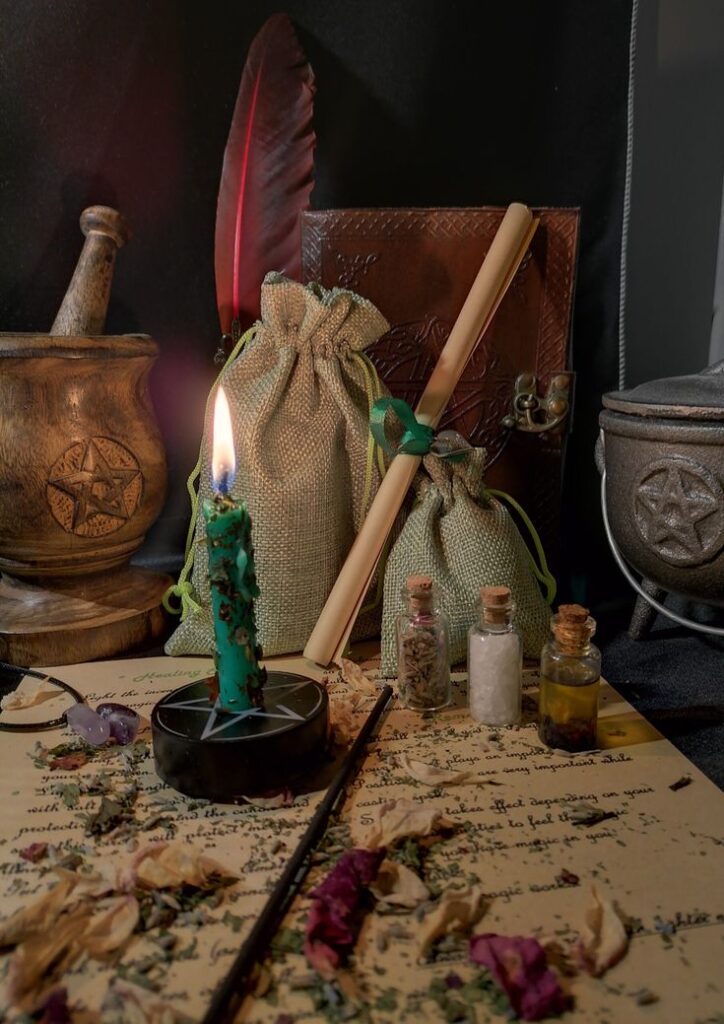
Part 4: Cultural Variations in Cursing and Hexing
4.1 Cross-Cultural Practices Cursing and hexing are not limited to one specific culture or belief system. Similar practices can be found worldwide, from the evil eye in Mediterranean cultures to the practice of vodou in Haiti and the concept of jinxes in African American folklore. 4.2 Protective and Counter-Cursing Magic In many cultures, protective and counter-cursing magic is also prevalent. Practitioners use these spells to ward off the effects of curses or hexes, providing a form of magical defence.Part 5: Pop Culture and Misconceptions
5.1 Media Portrayals Cursing and hexing spells have long captured the imagination of writers, filmmakers, and artists. These spells are often sensationalised and dramatised in popular culture, perpetuating misconceptions about their use and effects. 5.2 Misunderstandings and Stereotypes The portrayal of curses and hexes in the media has contributed to misunderstandings and stereotypes about witchcraft and magic. In reality, the practice of cursing and hexing is more nuanced and complex than what is often depicted in entertainment.Conclusion: The Shadows of Cursing and Hexing Spells
Cursing and hexing spells, with their historical origins and controversial nature, remain a subject of fascination and debate. The use of these spells raises profound ethical dilemmas, and the understanding of their cultural variations and practices varies widely. As we continue to grapple with the enigma of cursing and hexing spells, it is essential to recognise the complexity of these practices and the enduring human fascination with the boundaries between light and darkness in the world of magic.Unveiling the Shadows: Black Magic, Cursing, and Hexing Spells
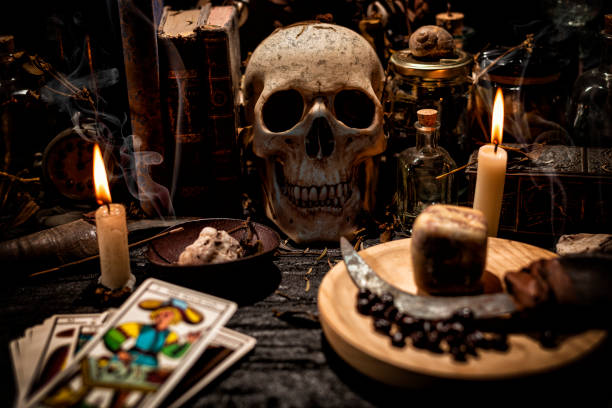
Part 1: The Dark Origins of Black Magic
1.1 Ancient Roots of Black Magic The concept of black magic, also known as dark or malefic magic, can be traced back to ancient civilizations where it was often practiced with the intent to harm or cause misfortune to others. In cultures like ancient Egypt and Mesopotamia, there were spells and rituals designed to invoke malevolent forces. 1.2 Medieval Witch Hunts and the Stigma of Black Magic The Middle Ages witnessed a significant rise in the fear of black magic. Witch hunts and trials, driven by superstition and religious fervor, resulted in the persecution and execution of those accused of practicing malefic magic. These dark chapters in history left a lasting stigma on the concept of black magic.Part 2: Cursing and Hexing Spells in Black Magic
2.1 Methods and Techniques Cursing and hexing spells are central components of black magic. These spells involve the use of incantations, rituals, and symbolism to invoke malevolent forces or entities, directing their power toward a specific target. The methods used can vary widely, but the common thread is the intent to cause harm.
Part 3: Ethical Dilemmas and Considerations
3.1 The Moral Quandary The use of black magic, cursing, and hexing spells raises profound ethical dilemmas. Many practitioners argue that these spells can be justified when used for self-defense or to right perceived wrongs. Others view them as harmful and unethical, believing that there are alternative, non-harmful means of achieving one's goals. 3.2 The Concept of Karma and Retribution The ethical considerations around black magic often include the belief in karmic consequences. Some practitioners argue that any malefic intent or action may result in negative repercussions, leading to the idea that using these dark arts may bring about one's own undoing.Part 4: Cultural Variations and Perspectives
4.1 Cross-Cultural Practices Black magic, cursing, and hexing spells are not confined to one culture or belief system. Similar practices exist worldwide, often rooted in local folklore and traditions. From the concept of the "evil eye" in the Mediterranean to the practice of "vodou" in Haiti, the manifestations of malefic magic vary widely. 4.2 Protective and Counter-Magic In many cultures, protective and counter-magic is also prevalent as a response to malefic magic. These practices involve warding off the effects of curses or hexes, serving as a form of magical defense.Part 5: Pop Culture and Misconceptions
5.1 Media Portrayals The portrayal of black magic, cursing, and hexing spells in popular media often sensationalizes and dramatizes these practices, contributing to widespread misunderstandings and misconceptions about their use and effects. 5.2 Misunderstandings and Stereotypes The portrayal of malefic magic in media can perpetuate stereotypes about witchcraft and magic. In reality, the practice of black magic is more nuanced and complex than what is often depicted in entertainment.Conclusion: The Shadows of Black Magic, Cursing, and Hexing Spells
Black magic, cursing, and hexing spells, with their historical origins, complex ethical dilemmas, and diverse cultural manifestations, remain a subject of fascination and debate. As we continue to grapple with the enigma of malefic magic, it is essential to recognize the multifaceted nature of these practices and the enduring human fascination with the boundaries between light and darkness in the realm of magic and the supernatural.Breaking Hexes: The Power of Incantations and Rituals
Introduction Hexes, malevolent spells cast with the intent to harm or influence negatively, have been a part of human belief systems and folklore for centuries. Breaking hexes, also known as hex-breaking, is the practice of neutralizing or reversing the effects of these curses. In this article, we will explore the methods of breaking hexes, focusing on the role of incantations and rituals in dispelling negative energy and restoring harmony.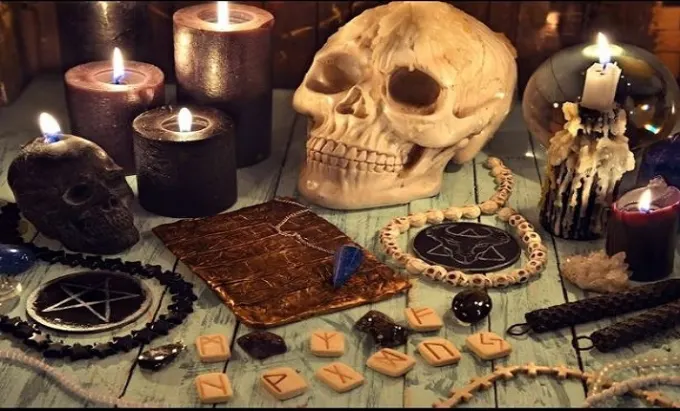
Part 1: Understanding Hexes and Their Effects
1.1 The Nature of Hexes Hexes are magical actions carried out with harmful intent, often involving incantations, rituals, and symbolism. These malevolent spells are believed to bring misfortune, illness, or other negative effects to the target. 1.2 Effects of Hexes The effects of hexes can vary widely, from a series of unfortunate events to severe physical or emotional distress. Hexes are often deeply rooted in the cultural and spiritual beliefs of those who use them, and they can be challenging to detect or remove.Part 2: The Power of Incantations in Hex-Breaking
2.1 Incantations as Verbal Spells Incantations are spoken or chanted words or phrases with specific meanings and intentions. In the context of hex-breaking, incantations serve as a verbal tool to counteract the negative energy of a hex. 2.2 Intent and Visualization When performing hex-breaking incantations, the intent of the practitioner is crucial. They must visualize the hex being unraveled or dispelled, focusing on positive energy and the restoration of harmony. 2.3 Traditional Incantations Various cultures have their own traditional incantations for hex-breaking. These incantations often involve invoking protective deities, spirits, or archangels to assist in the removal of the hex. For example, in some cultures, Saint Michael is called upon for protection and hex-breaking.Part 3: Rituals and Hex-Breaking Practices

Part 4: The Role of Belief and Faith
4.1 Belief in Hex-Breaking Belief plays a significant role in hex-breaking. The practitioner's belief in the power of incantations and rituals is often essential to the success of hex-breaking efforts. Confidence in the process can enhance its effectiveness. 4.2 Faith and Spirituality Many individuals who seek to break hexes draw upon their faith and spirituality. For some, faith in a higher power or spiritual source provides strength and guidance in dispelling hexes and negative energies.Part 5: The Practice of Hex-Breaking Today
